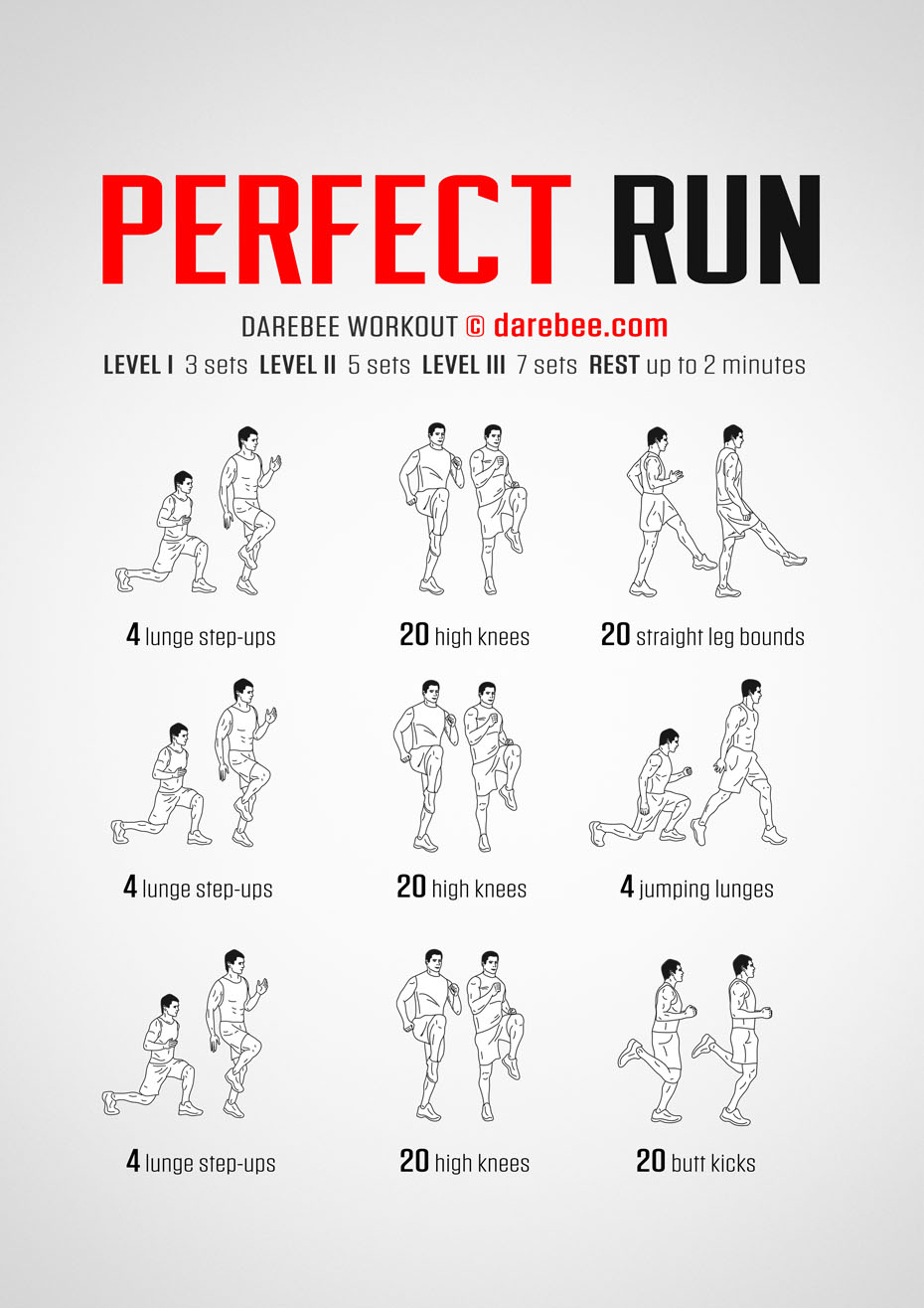The Ultimate Guide to Managing Pain When Running
For runners, experiencing discomfort during runs is not unusual, and knowing exactly how to properly handle and avoid it can make a considerable difference in your general efficiency and satisfaction of the sport. Whether you are a skilled marathoner or just beginning your running journey, understanding the different kinds of pain that can emerge and the techniques to resolve them is important. From pre-run workout regimens to proper footwear option, there are various variables to consider when it involves handling discomfort while running. This comprehensive guide will certainly equip you with the expertise and tools necessary to browse with the discomfort and equip you to accomplish your running goals with better ease.

Understanding Different Sorts Of Running Pain
When running, it is important to distinguish between various kinds of pain to stop injuries and take full advantage of performance (Read More). One typical kind of discomfort that joggers might experience is muscular tissue soreness, which normally develops from the anxiety placed on muscle mass during exercise. This kind of discomfort is commonly a typical part of the running procedure and can be handled through correct workout, cool-down, and stretching routines
Another sort of pain to be mindful of is joint pain. Joint discomfort can indicate problems such as overuse, inappropriate type, or underlying problems like arthritis. Neglecting joint pain can result in more serious injuries, so it is critical to deal with any kind of discomfort without delay and perhaps seek expert suggestions.
In addition, sharp or stabbing pains need to not be neglected. These kinds of discomfort can signal intense injuries such as stress, strains, or tension cracks - running workout. Remaining to go through these sorts of discomfort can exacerbate the injury and extend recuperation time

Pre-Run Warm-Up and Extending Routine
To prepare the body for a running session, implementing an effective pre-run workout and stretching routine is essential. An appropriate warm-up aids boost blood flow to the muscles, enhances adaptability, and lowers the risk of injury during the run. Begin with dynamic stretches like leg swings, arm circles, and high knees to gradually raise your heart rate and loosen up the muscles. Dynamic stretching helps imitate the motions you'll be doing while running, preparing your body for the activity ahead. Follow this with static stretches concentrating on major muscle mass teams such as the hamstrings, quadriceps, calf bones, and glutes. Hold each go for concerning 15-30 secs without bouncing to promote muscle mass leisure and flexibility. Remember to listen to your body and change the intensity of your workout based upon your physical fitness degree and any kind of pre-existing conditions. By integrating a regular pre-run workout and stretching routine into your running regimen, you can optimize performance and decrease the threat of discomfort or injury.
Appropriate Footwear Option and Fit
Choosing appropriate more helpful hints shoes that fits well is important for runners to protect against discomfort and lower the danger of injuries. Uncomfortable shoes can bring about blisters, black nails, shin splints, and other unpleasant problems that can hinder efficiency and sideline training. When choosing operating shoes, it is necessary to think about factors such as foot type, running stride, arch support, cushioning, and footwear dimension. running workout. Seeing a specialty running shop for a stride analysis and specialist fitting can assist ensure that you choose the right footwear for your private demands. Running footwear need to offer adequate assistance and security while also being comfy and light-weight. Furthermore, it is advised to change your running footwear every 300-500 miles to maintain correct cushioning and assistance. Purchasing high-grade footwear that is ideal for your running style and foot makeup is a proactive step towards protecting against pain and injuries throughout your runs.
Nutrition and Hydration Tips for Pain Prevention

Hydration is equally essential for joggers to avoid aches, dehydration, and various other discomforts that can bring about pain throughout running. It is advised to consume an adequate amount of water throughout the day and specifically before, during, and after running sessions. Electrolyte-rich drinks or sports drinks can additionally be useful for restoring lost minerals and preserving correct fluid equilibrium. running workout (Read More). By prioritizing nourishment and hydration, runners can boost their performance, lessen pain, and enjoy an extra comfy running experience.
Post-Run Recuperation Techniques to Relieve Pain
Applying reliable recuperation strategies is important for minimizing discomfort and advertising muscular tissue recuperation after running sessions. In addition, topping aching locations for 15-20 mins can assist minimize swelling and numb pain post-run.
Eating a well balanced snack or dish that consists of healthy protein and carbs within 30 mins of completing a run can assist repair muscle tissue and restore power stores. By integrating these post-run recuperation techniques right into your regimen, you can effectively take care of pain and optimize your running performance.
Conclusion
Finally, addressing various kinds of running discomfort with proper workout, stretching, shoes choice, nutrition, hydration, and post-run recuperation methods is vital for pain avoidance and administration. By understanding the reasons for pain and implementing these approaches, joggers can minimize pain and possible injuries. It is important to prioritize total physical health and wellness and well-being to make certain an effective and pleasurable running experience.